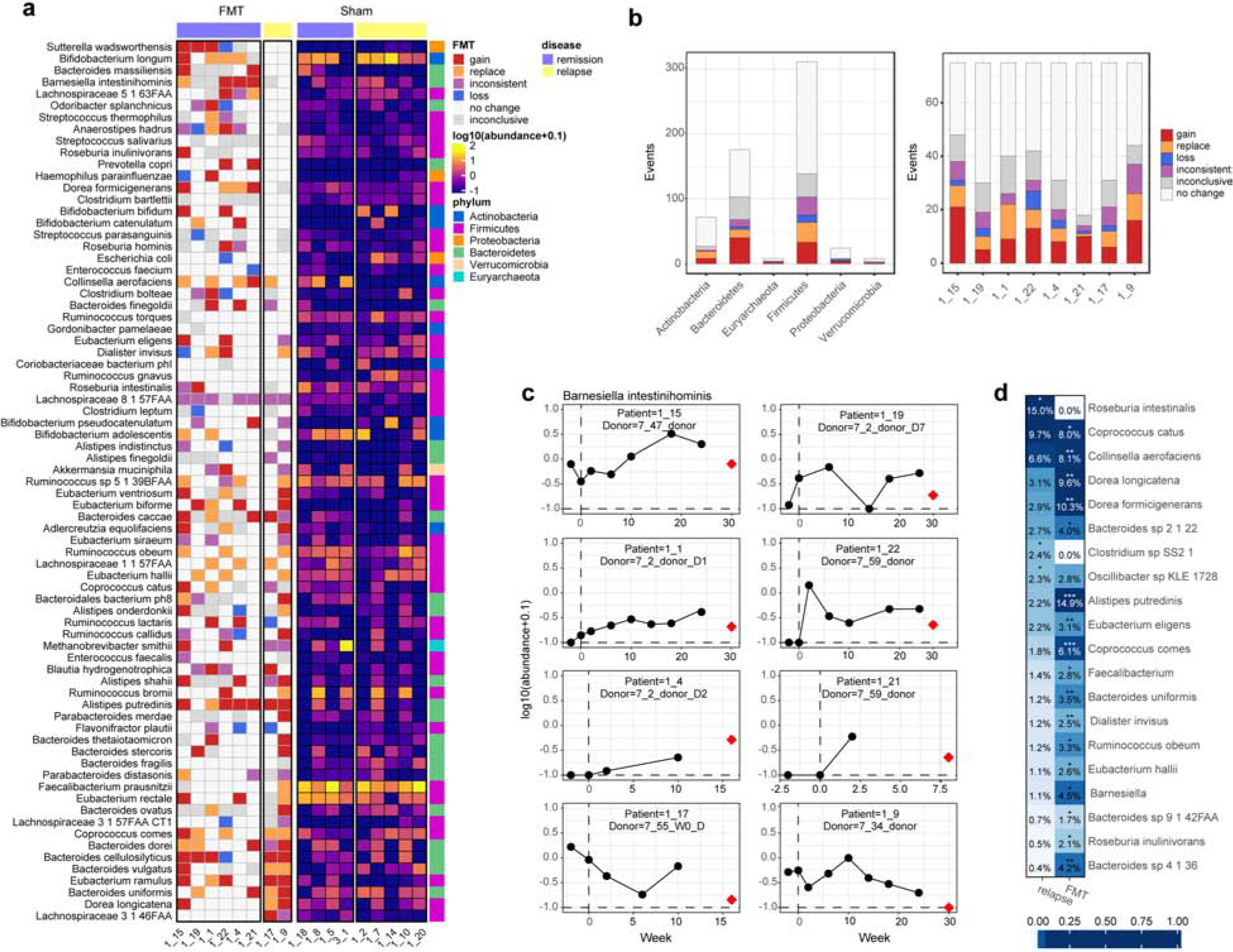Figure 4. Joint analysis of strain and abundance levels reveals relapse-associated changes in FMT.

(a) Engraftment events in FMT (left) and species abundances in sham (right), ordered by the number of events in patients which eventually relapsed. Phyla are non-randomly distributed in this ranking, with Firmicutes providing apparent benefits, while Bacteroidetes shows no benefit (or harmful). (b) Number of engraftment events per phylum in each category from (a). Despite the study’s general underrepresentation of Bacteroidetes, these accounted for almost half of engraftment events. (c) Abundance of Barnesiella intestinihominis over time in all FMT patients, with abundance in the matched donor shown in red. (d) PERMANOVA detects strain-level associations with FMT and relapse (20 species with p < 0.05 shown; all results in Table S3).
